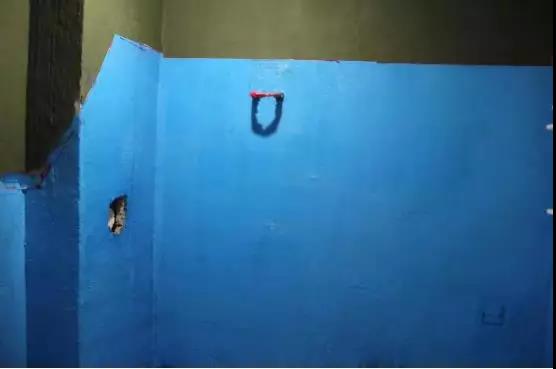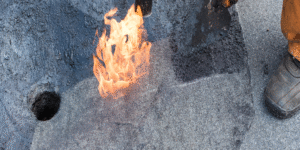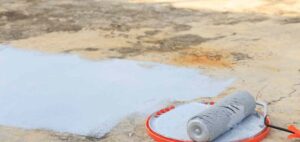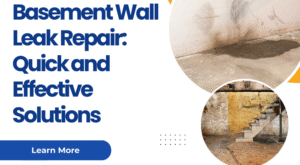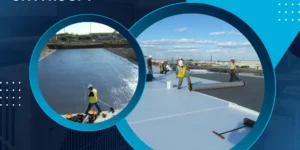1.Water-Based vs. Oily Waterproof Materials
The key difference between water-based and oily waterproof materials lies in their composition, environmental impact, and application methods:
-
Solvent Type:
-
Oil-based waterproof materials are insoluble in water and must be diluted using chemical solvents. These solvents release volatile organic compounds (VOCs), which can be harmful to health and the environment.
-
Water-based materials, on the other hand, are diluted with water and emit only water vapor during application, making them non-toxic and eco-friendly.
-
-
Environmental Impact:
-
Oil-based products are less environmentally friendly due to the emission of VOCs.
-
Water-based products are safer and greener, ideal for indoor use and residential areas.
-
-
Construction Requirements:
-
Water-based waterproof coatings can be applied to damp or wet surfaces, making them suitable for complex or humid environments.
-
Oil-based materials require a dry, clean base surface, which can limit their use in certain conditions.
-
2. How to Waterproof Rural Houses
Waterproofing is essential in rural construction to prevent dampness, leaks, and long-term structural damage. Here’s a step-by-step breakdown:
① Foundation Waterproofing
-
Allow the foundation to fully dry before adding moisture-proof layers.
-
Use cement mortar to level the surface, or dry-lay gravel and fill gaps with coarse sand.
-
During backfilling, use a loose-fill and soak method, or add dry ash for tamping. This reduces ground moisture and enhances the waterproofing effect.
② Wall Waterproofing
-
Rainwater often accumulates at the corners of walls and may seep indoors, especially during heavy rainfall.
-
For thin walls, apply a layer of moisture-proof putty followed by a waterproof coating.
-
Pay special attention to bathroom and kitchen walls. Adjust the height and thickness of the waterproof layer based on usage needs.
③ Roof Waterproofing
-
Ensure the roof has a proper drainage slope, which should vary according to local rainfall.
-
In regions with heavy rain, increase the slope to avoid water pooling.
-
Use a combination of waterproof membranes and coatings for long-lasting protection. Don’t overlook sealing around vents, joints, or corners — these are common leakage points.
For more information or to inquire about our waterproofing solutions and waterproof floor paint products, feel free to get in touch with us. We’re here to help!
- Phone: +86 138 6365 6701
- Email: Huafengwaterproof@gmail.com
- WhatsApp: +86 138 6365 6701
We look forward to assisting you with all your waterproofing needs!
